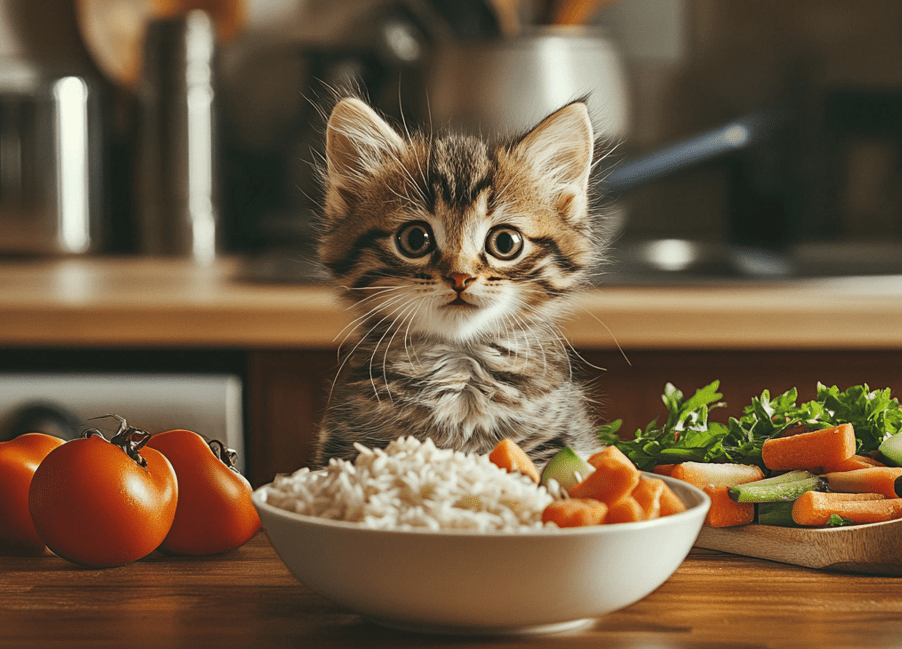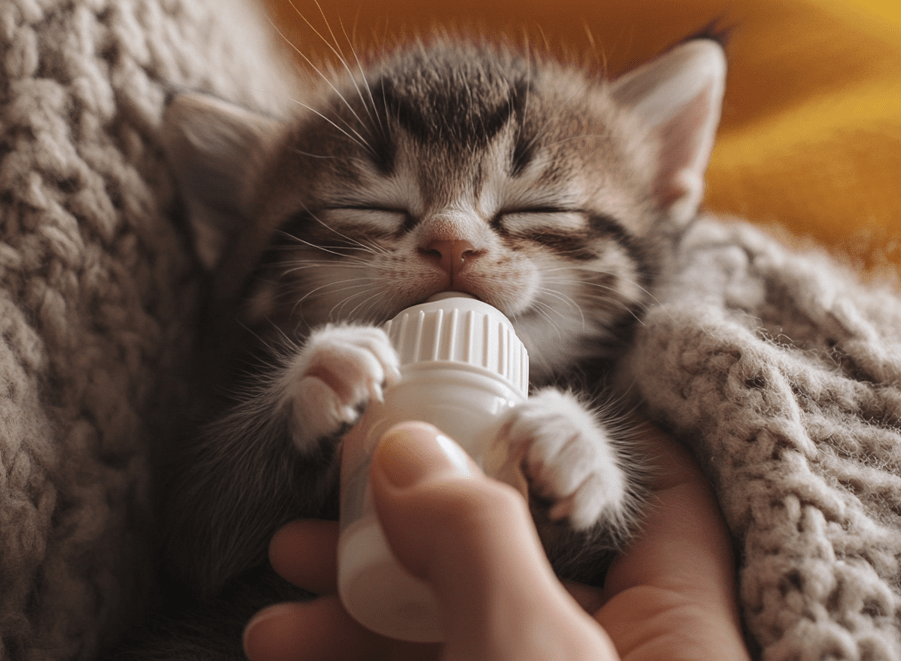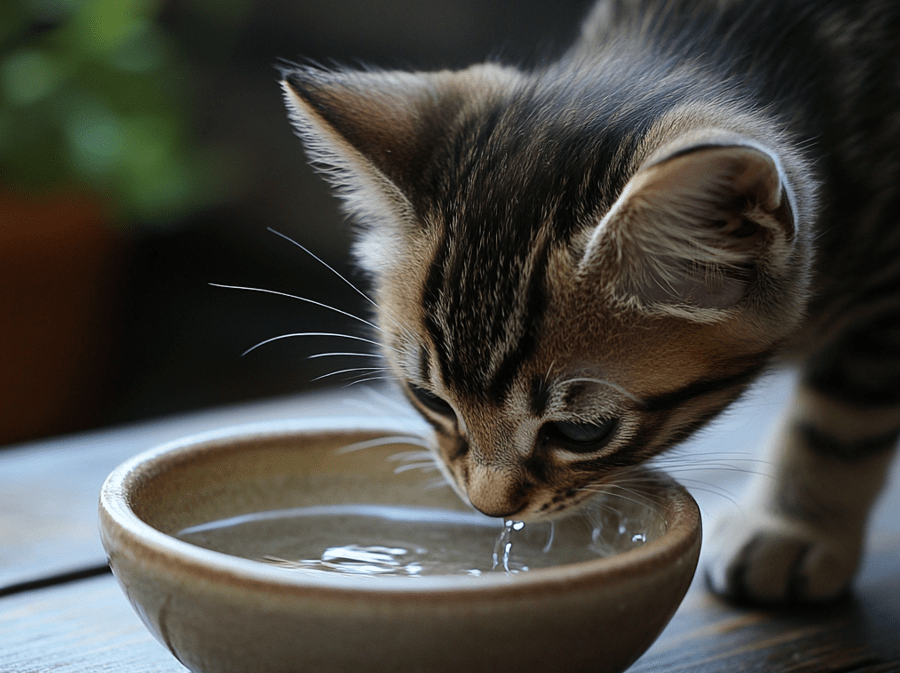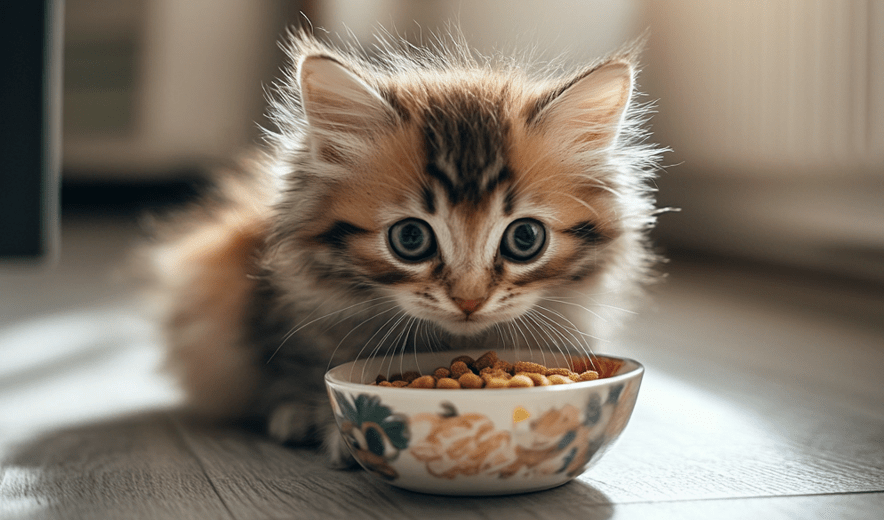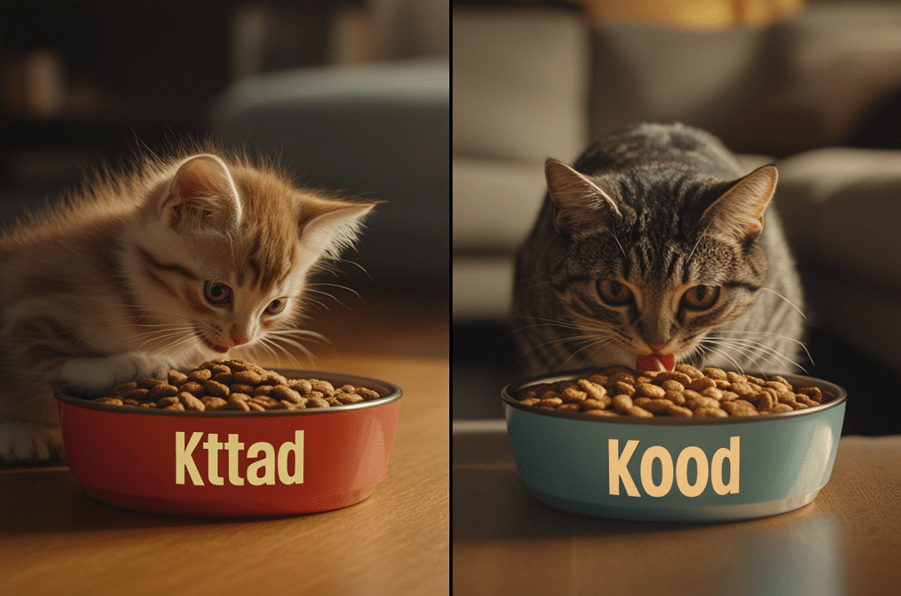
Transition from Kitten to Cat Food When kittens reach adult age, which is typically around 12 months, it becomes crucial to determine when you will start the transition from kitten cat food in their new stage of life. Kitten food is not the same as cat food and that has everything to do with the essential nutrients for each stage of life. Kitten food is designed to provide the calories, protein and fat required to fuel fast growth and development, while adult cat food is intended to maintain a stable weight and nutritional requirements of a fully-grown, mature cat.
Your cat’s health and happiness depends on when you make this change. To help prevent any belly issues, slow the transition to 1 week. By explaining the primary differences between kitten and cat food, when is the best time to transfer it over as well as useful advice on how to choose the best adult cat food for your kitty. Knowing these ingredients ahead of time will help make the transition easier and stress-free, and benefit your cat with long term availability to a balanced diet across their lifespan.
To watch the summary of this article, just watch this video-
Distinctions Between Kitten and Adult Cat Food
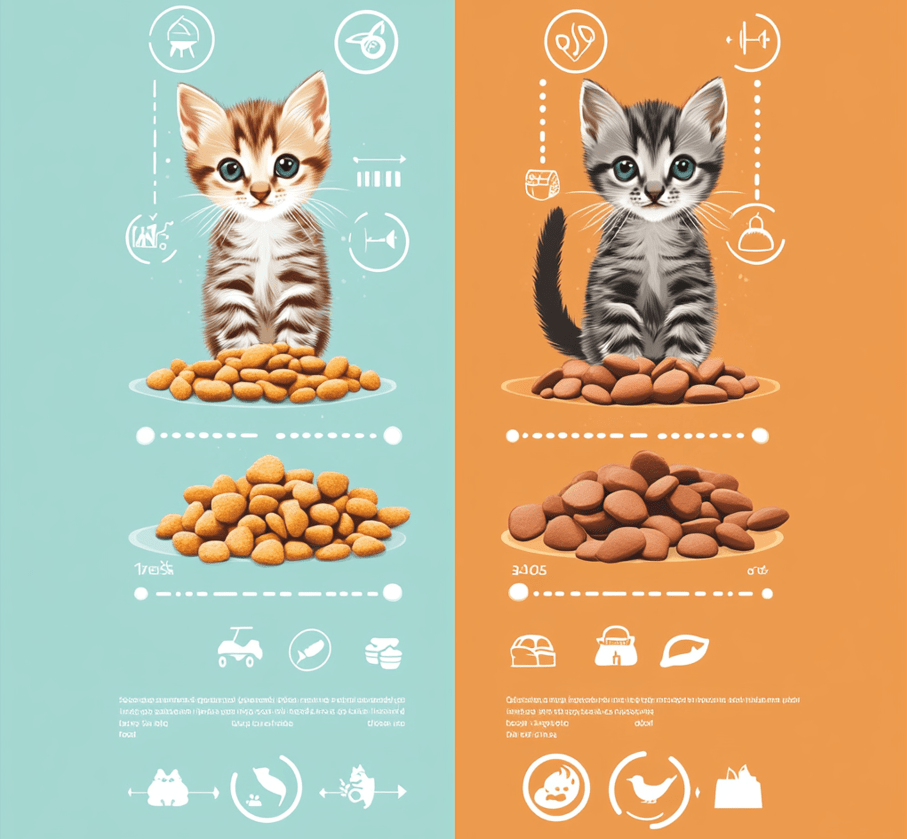
Kitten food is specially created for the nutritional needs of young, rapidly growing cats. Highly-nutritious, containing increased calories, protein and fat for rapid growth and development. Kitten food is also richer in essential amino acids and fatty acids that are needed for forming tissues, structures and other parts of the body as it develops. One more difference is the enriched vitamins and minerals: calcium and phosphorus which are important in a healthy development of bones and teeth.
Kittens are little balls of energy, and their resting energy needs are actually 2.5 times higher than an adult cat in his maintenance phase of life. This great energy demand highlights the significance of precisely setting aside the opportunity to change kitten nourishment for kitten food. However, the transition may cut out too many calories for a kitten to have adequate growth and get a healthy body weight. However, waiting too long to move the kitten off of its mother could result in overeating which will cause kitten obesity as it gets older. The correct balance is essential for optimal development and long-term good health.
When to Transition from Kitten Food to Adult Cat Food
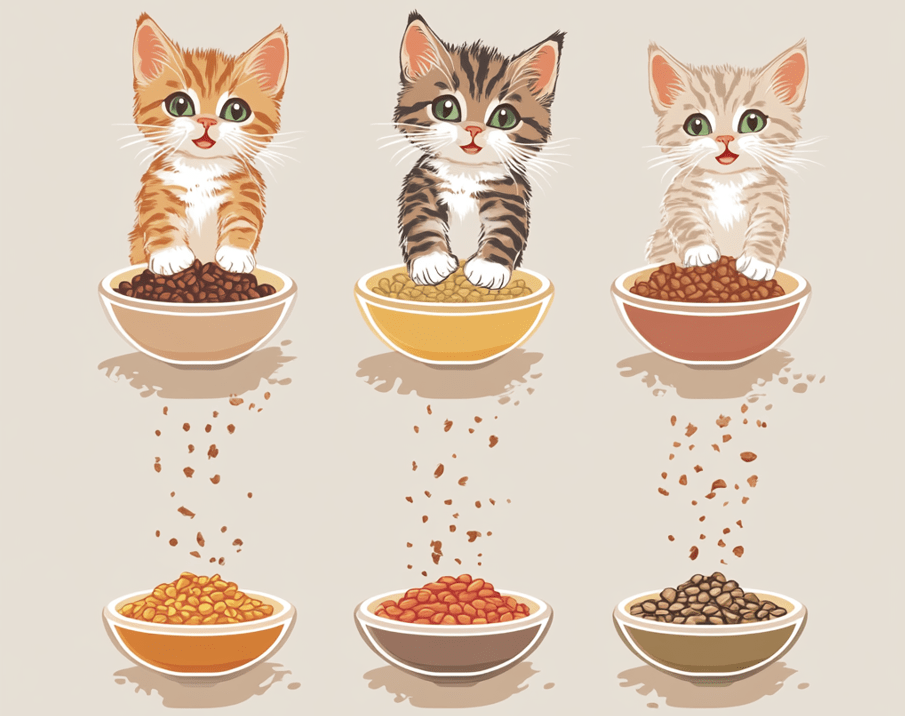
The proper time to make the switch from kitten food to cat food varies greatly based on the breed of the cat and mainly has to do with when the cat breed reaches its full size. It is advised by veterinarians and animal nutritionists that, on the average, transition should take place from 10 to 12 months of age. Then, shortly after reaching this approximate 90% mature weight mark, most kittens have finished growing and are resident adults.
Feeding kitten adult food is not the end of the world, but it is anything but an exact science. Even more alarmingly, larger breeds (such as Maine Coons or Ragdolls) may take a longer time to mature- typically up until about 18 months. Of course, smaller dogs will likely be able to take the dietary switch a little earlier than larger breeds.
Moreover, the date of this transition can alter how fast you are actually able to grow, your health condition and what you need more in your diet. Certain kittens might also need something else to eat as they grow up, no longer most effective for young active or spayed/neutered cats.
Due to all these reasons, owners should have a close eye on their kitten while rearing them up. Remember to consult your vet on the appropriate time to switch from kitten food and adult cat food, as stated above. How their breed ages, their growth pattern and health needs by providing tailored guidance so they can grow into adult strength and better health.
How to Switch Your Kitten’s Food to A New Diet
Changing your kitten from kitten food to adult cat food is important, which means you have to handle it with care so that your feline friend stays well. You need to do this change slowly by one topic a week at the moment. Hastening a change in diet causes digestive upsets like vomiting, diarrhea, and outright refusing to eat (the worst case scenario). Both for the wellbeing of the kitten and for that of its owner, a smooth transition is key to achieving optimal intestinal health.
In order to make this transition as smooth as possible, you can have a little structure by gradually mixing kitten food and adult cat food over the span of weeks in exact ratios. It lets your cat get used to a new food but still enjoy the taste and texture of their current diet. This chart shows you exactly how to balance kitten food and regular adult cat food during a 10-day introductory period.
Days 1-2:
Kitten Food: 75%
Adult Food: 25%
On days one and two, you feed them their meals to be made up mostly of cat food for kittens with a little adult cat food. This will let your kitten try the new food while still being fed mostly of what it is used to.
Days 3-4:
Kitten Food: 50%
Adult Food: 50%
After your kitten becomes more comfortable with this new taste, start to balance the amount of adult and kitten food. This balanced approach helps your kitten to maintain a healthy diet, with slow acclimatization to the new one.
Days 5-6:
Kitten Food: 25%
Adult Food: 75%
Relatively by the end of first week, decrease quantity in number (nearly zero), and improve the adult food. This is an integral phase in solidifying the diet transition of your kitten to one that better fits their developmental age.
Days 7-10:
Kitten Food: 10%
Adult Food: 90%
The last step in the time of transition your kitty, for the most part, should have been eating adult nutrition. By this time, they adapted to that new diet and are only being fed less than 5% kitten food in those meals.
If your kitten is having difficulties with the change — looks uncomfortable, does not want to eat or has some digestive issues — think of returning to the previous stages. By adding an extra day at each level this will help your kitten more comfortably adjust to the change – and hopefully reduce that likelihood of getting an upset tummy!
And it is also worth remembering that there are good adult cat foods available on the market, including prescription and over-the-counter diets each with different flavor, texture and nutritional profile. Check out many brands and flavors to see what your cat likes best. While some cats may like certain proteins, such as chicken or fish, on the whole other cats will prefer different textures with their food – dry kibble versus wet food.
By being watchful of your kitten throughout the transition and trying different samples, you can help make sure that not only will Your cat adapt to this fresh new diet but in addition be thrilled while taking his meal, so he does not only grow healthy but also happy.
Tips When Choosing A Food For Adult Cats
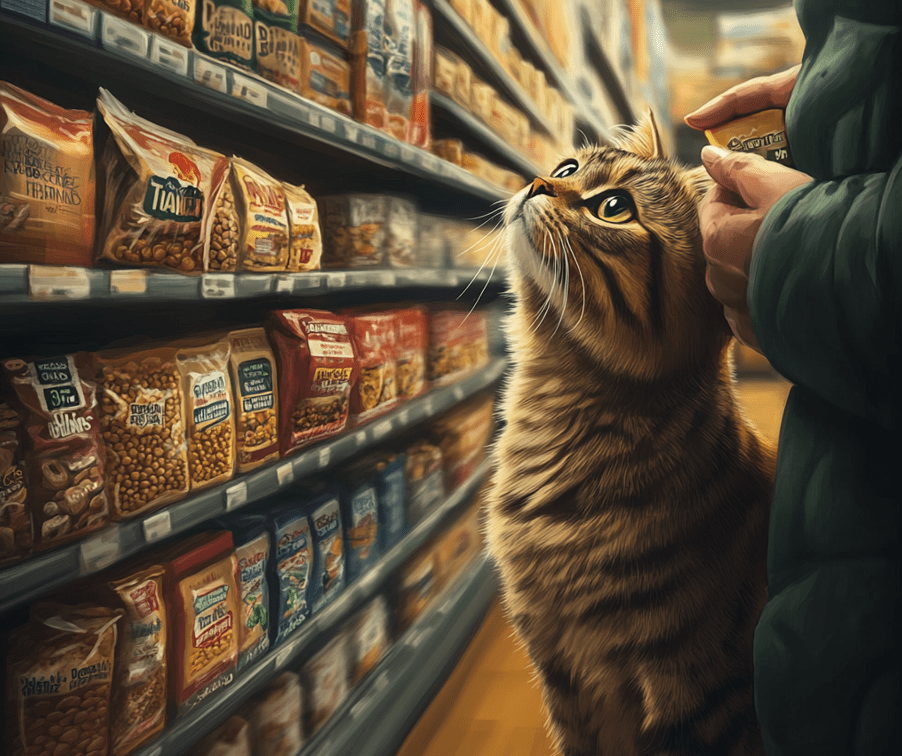
While picking food for the average adult cat, lean towards high protein, low carbohydrate foods. Carbohydrates The fact is, most commercial cat foods are loaded with carbohydrates such as rice and grains that are not necessary for a cat’s health. Cats are obligate carnivores, meaning they need high quality protein from meat or fish to provide energy and support overall health. For example, meat-based protein offers all-important heart-healthy, eye-healthy taurine and other amino acids—things that a cat simply doesn’t make itself. Ideally, 26% of the diet of an adult cat should come from meat protein, and good brands of food provide more than 40% at least.
In this way, they need fundamental proteins alongside other basic supplements like vitamins, mineral substance and even fats in their eating regimen. You want foods with fats like Omega-3 and Omega-6, taurine, and a long list of vitamins and minerals. Where does taurine come from for cats? Taurine is primarily found in animal-based proteins, which cats need to maintain proper physiological functions throughout their lives. Selecting taurine-rich foods for cats is essential because taurine, an amino acid found in animal tissues, plays a crucial role in supporting heart health, vision, and overall well-being. Meat is one of the primary sources of taurine for cats, with animal-based proteins like chicken, beef, and fish offering a concentrated amount of this essential nutrient. Choosing cat food high in taurine ensures your cat receives adequate amounts of this critical nutrient for maintaining healthy organ function, particularly heart and eye health. Foods high in taurine for cats, such as organ meats and fish, are vital for their diet, as they support vital processes like muscle function and neurological health. For cats, taurine is indispensable, helping maintain their vitality and ensuring they lead a long and healthy life. Ensure that taurine cat food is included in your kitty’s diet, as it offers the necessary taurine levels required for optimal health.
Moisture content is also a factor since wet food is an essential source of hydration for many cats that are unwilling to drink water. It also has more water – as much as 80% in some cases (20-30% at a minimum) compared to a measly 10% found in dry food, this means your cat can stay hydrated while consuming its daily allowance.
For additional information regarding the optimal diet switch for your cat transitioning to adult food, view of our “Wet vs. Dry Cat Food: Which Is Better” article.

